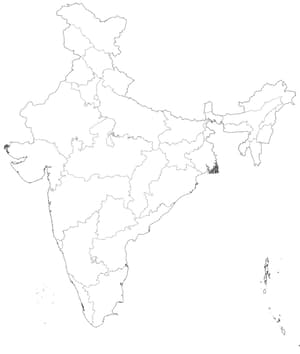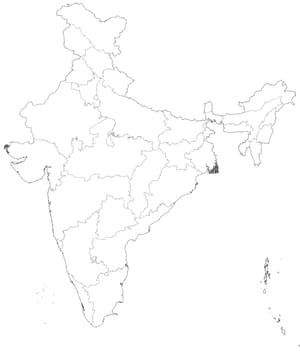On the given map of India mark the following important centres of the Indian National Movement:
A. Movement of the Indigo planters in Bihar
B. The place of Peasant Satyagraha
C. Cotton Mill Workers Satyagraha on Gujarat
D. The place of Jallianwala Bagh Incident
E. The Non-Cooperation Movement was called off at this place
F. The Civil Disobedience Movement started with this march.



Important Questions on Nationalism in India
On the given political Map of India mark the places where the following sessions of the Indian National Congress took place:
(a) Calcutta
(b) Madras
(c) Nagpur

Identify the correct option that describes the act given below.
i. The Act was passed by the Imperial Legislative Council.
ii. It gave power to the government to repress political activities.
iii. It empowered the government to detain political prisoners without trial.
i. General Dyer opened fire at the large crowd gathered in the enclosed ground of Jallianwala Bagh.
ii. “Forced recruitment” carried out by the British government and the economic hardships faced by the people during the first world war.
iii. The defeat of the Ottoman Emperor of Turkey led to the formation of the Khilafat movement.
iv. Gandhiji launched a nationwide satyagraha against the Rowlatt act.
Two places A and B have been marked on the given outline map of India.
Identify them and write their correct names on the lines drawn near them.
i. Indian National congress session at this place in .
ii. The place where Mahatma Gandhi broke the salt law.

